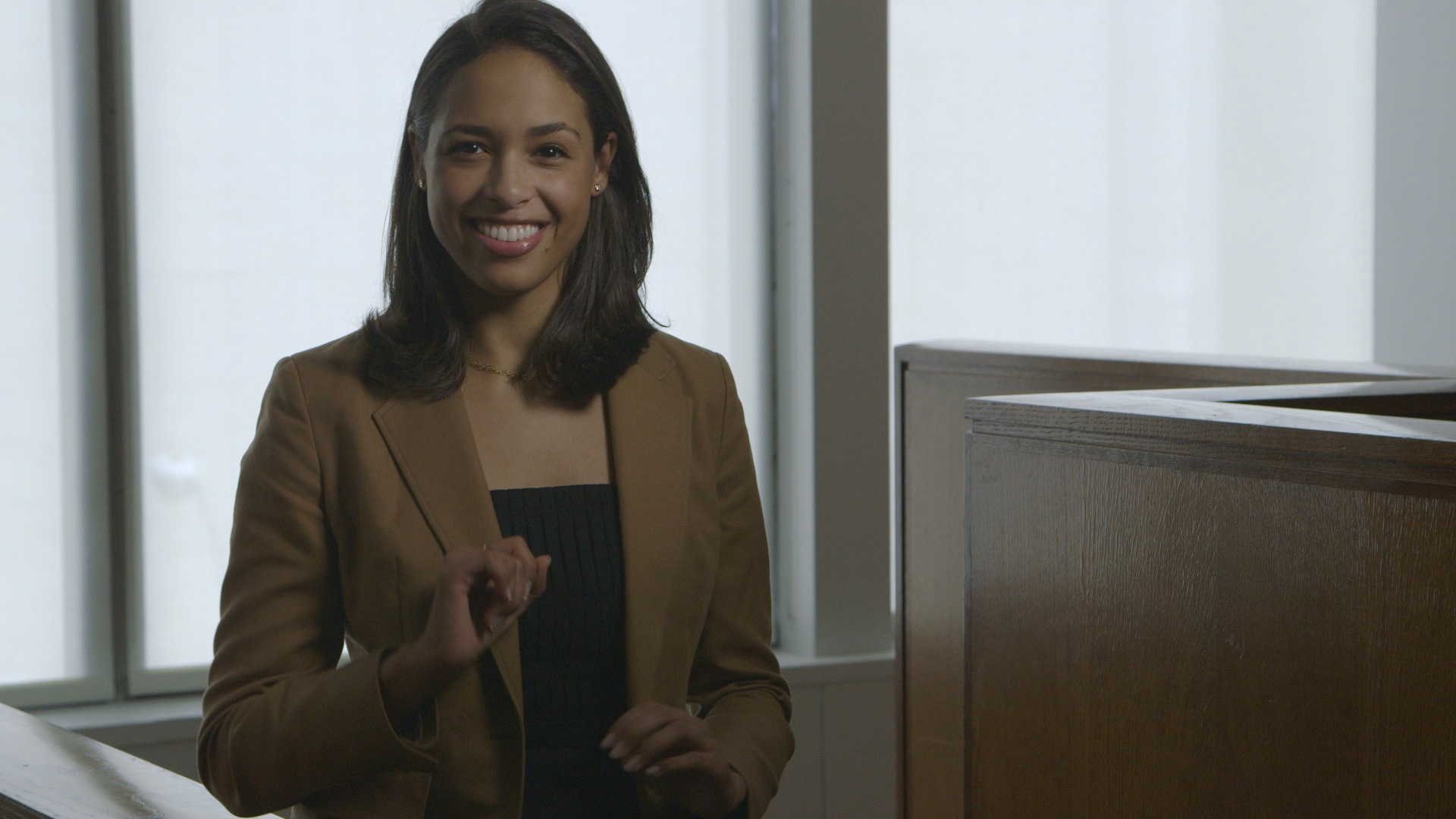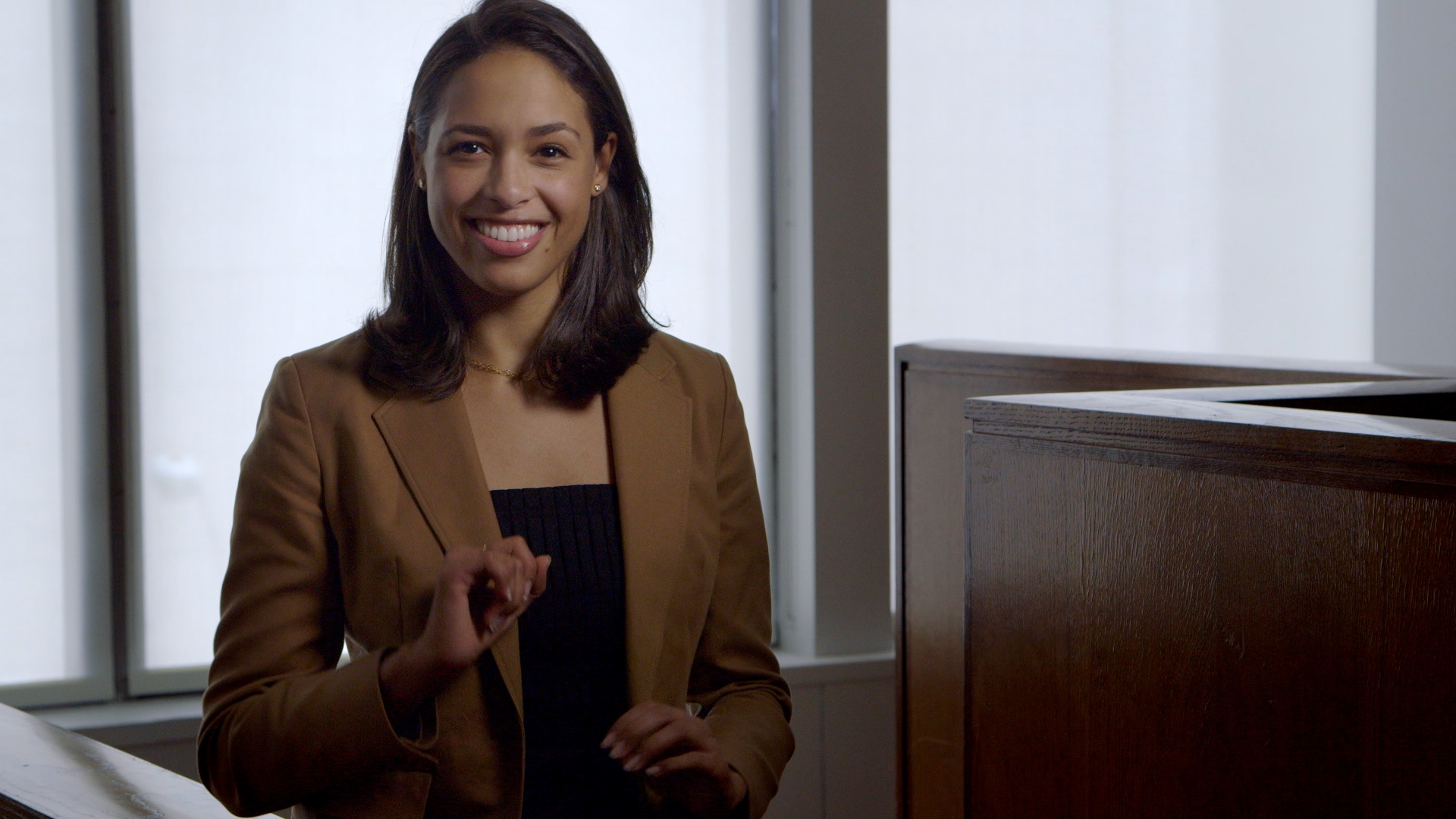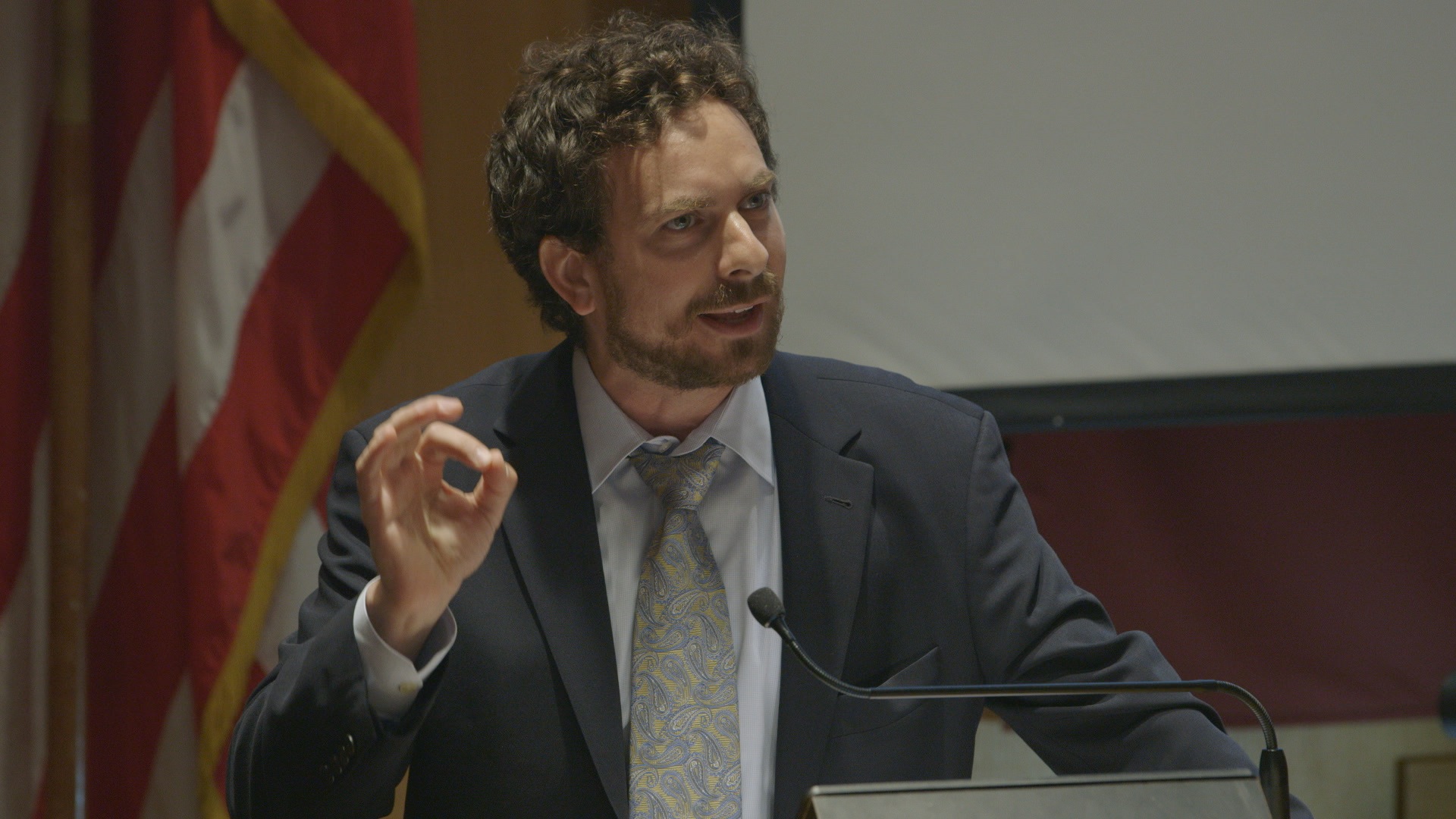This past Thursday was my first assignment with the C300. So, a chance to use it in the field in a typical under-pressure situation. I had about ten interviews to film and lots of b-roll to get while bouncing between four locations.
The crew was myself and two assistants plus the client who interviewed the subjects.
A few of the interviews were meant to be more formal with the remainder having a looser off-the-cuff feel. For the former, I shot on sticks. We were in a large bright room with ~20′ ceilings and a north wall of very tall windows. They were covered with semi-transparent slightly warm shades. The light outside was consistent and the wrap around on the subjects was just beautiful. I tried a light as fill but for views parallel to the windows it wasn’t needed. For setups perpendicular to the windows, with the windows in the background, a key light was used (one 1×1 with 1/4 CTO and some diffusion) along with a reflector for fill.


The off-the-cuff interviews were done outside in open shade and in an event type situation. To keep the natural feel no lights were used. The camera was on a monopod, too, to keep the feel slightly looser than what locked down on sticks would have provided.
The camera performed really well. It is quick to setup and use. Bouncing between shooting with the camera’s built-in EVF or utilizing its monitor was very fast. Due to the C300’s modularity there is no need for an Israeli arm to hold an external monitor as there would have been with a DSLR. Having waveform on the camera’s monitor is reassuring for exposure confirmation and if I were to go back to DSLRs I would most likely upgrade to one of the newer external monitors which has waveform along with sound levels. Marshall has a new series of displays which offer these features.


When shooting without the C300’s monitor, using just its EVF, the only exposure guide is the picture itself and using zebras. This worked well though I would prefer to see a mini-waveform within the EVF.
For all of the interviews I used my Rode NTG-2 shotgun mic. It was mounted on a boom pole for the formal setups and mounted on the C300’s mic holder for the off-the-cuff scenarios. All sound was routed into the C300’s XLR jack. B-roll utilized a Sennheiser MKE-400 mini-shotgun mic mounted to the camera’s shoe mount.


I shot in the C300’s Cinema Locked mode all day with the camera’s View Assist turned on so that I could have a sense of what the final picture would look like. There is no question that the dynamic range is much wider with the C300. Setups such as having the windows in the background would not have been possible with a DSLR without a lot more lighting.
Compared to a DSLR shooting with the C300 is a much smoother experience. A z-finder and/or external monitor on an arm, ND filters, etc., are not needed and when you are running around you feel like there are less individual pieces that you are trying to hold together. Similarly with sound, by running it right into the C300 there was no need for an external recorder like a Zoom H4n along with its Israeli arm and concerns about its batteries or needing to plug it in to power it.
The only things I missed from a DSLR perspective were the ability to punch in further on the camera’s display to check focus and the ability to move that focus point within the frame. The C300 punches in to the center and that’s it. I did turn on peaking in the C300 and changed its color from white to blue, that helped confirm focus as I worked throughout the day. It is a bit easier to see the peaking on the C300’s monitor than within its EVF.
Since I was shooting C-log I made sure to bring down my exposure, going beyond not clipping the highlights, but keeping the exposure lower still so that there would be room to bring it up in post.
Finally, as with any camera that you need to move from platform to platform, in this case a monopod and a tripod, it helps to have a quick release system. You do not want to be fussing with screwing on plates or heads on set. I’m a big fan of Really Right Stuff’s gear and that was my option for the C300. RRS’ MPR-113, a 113mm rail, is a perfect fit for the bottom of the C300. It does not extend beyond the body of the camera and if you use a 3/8″ – 1/4″-20 reducer bushing you can install the rail with two screws to make it more secure.
RRS’ B2-LLR II is a great fit as well to be the quick release clamp. It’s 80mm long and also has dual mounts (3/8″ and 1/4″-20) to attach it more securely. I bought two, one for the tripod and one for the monopod.
Kessler Crane announced a mounting/locking system at NAB called the Kwik Release which will be compatible with RRS rails and plates. It has a snap lock feature which looks great. The Kwik Release is due out by the end of the summer.
—